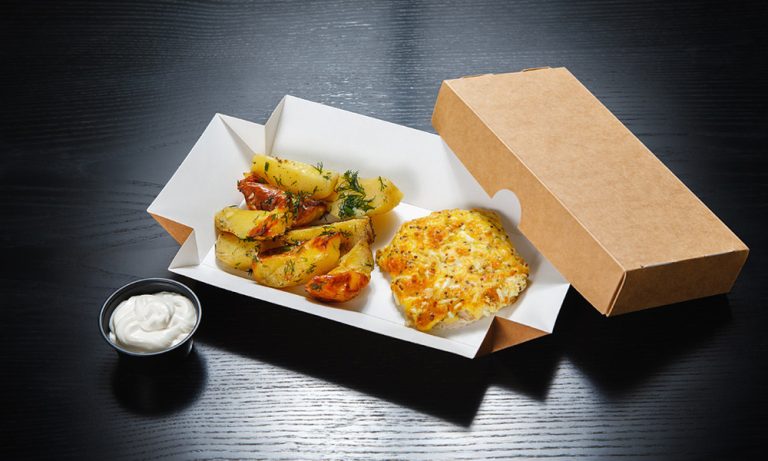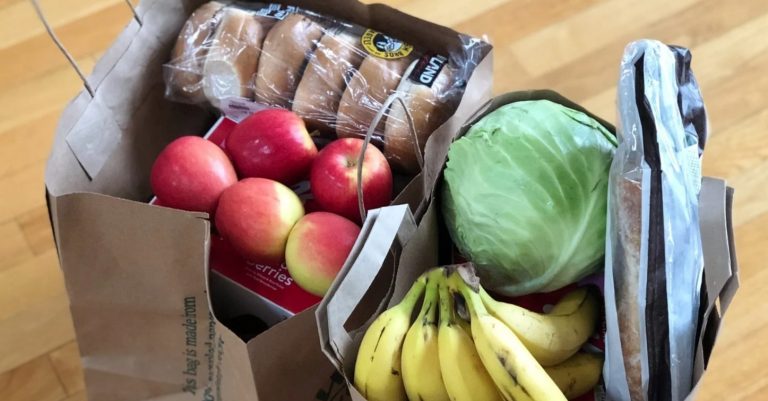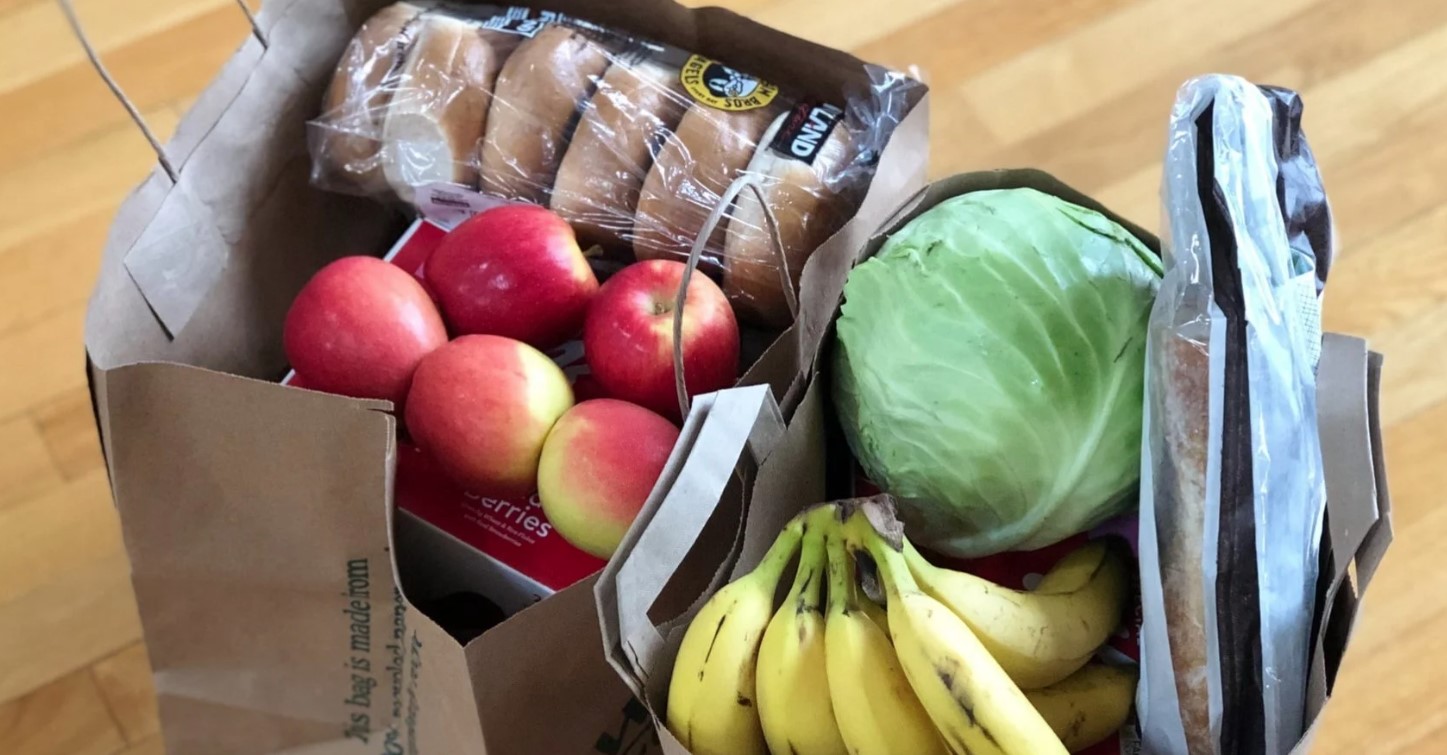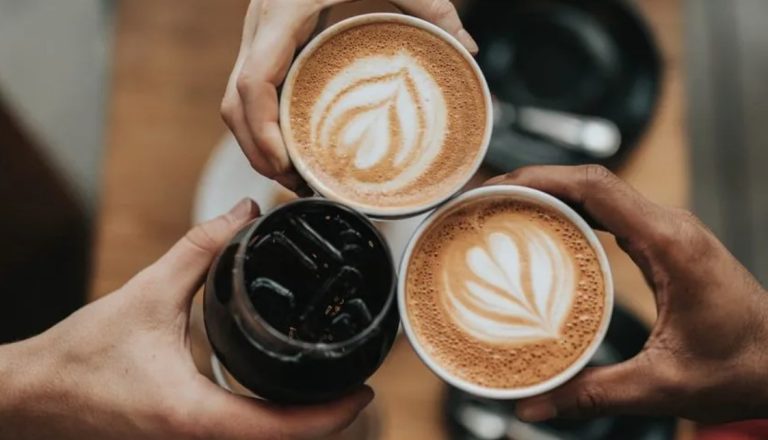Especially during the corona pandemic, we should support local gastronomy – for example by ordering take-away food. However, mountains of garbage with food packaging are not an option from an environmental point of view. Reusable containers for food-to-go can be the solution. We present four initiatives to you.
Disposable cups for coffee-to-go are not necessary – many have now understood that and can only fill their coffee in the bakery or in the café into the container they have brought with them. Unfortunately, during the corona pandemic, this no longer works in all restaurants; many bakeries no longer accept cups you have brought with you. That’s why many of us seem to be falling back into old paper cup habits these days.
But that’s not all: Due to the Corona-related restaurant closures or now for fear of infection, many people have food delivered or take it home. This is good for gastronomy, but: Styrofoam packaging, aluminum trays and plastic bags quickly pile up after the meal. And what the pizza boxes on river and lake shores are to in the summer, the paper cups are to the colder months of the year.

Figures from the Federal Environment Agency (UBA) show that packaging waste in German households is constantly increasing. In 2018, we caused a new negative record of 18.9 tons of packaging waste, as the UBA recently announced. When walking, it is currently noticeable: In many places, the packaging waste no longer even fits in the garbage cans provided, but ends up in the meadow or next to the sidewalk.
Less packaging waste: food-to-go in reusable containers
Dishes to take away or calling the delivery service do not necessarily mean more packaging waste. Reusable systems for food-to-go show that there is another way. We present four Germany-wide examples.
Of course, the following applies to all reusable containers: the more often they (can) be reused, the better. When it comes to the eco-balance, reusables come off much better if one container can replace a large number of disposable cups and the like, making production quicker to pay off.
Reusable with food-to-go
According to its own statement, reCIRCLE Germany is the largest reusable system for takeaway food in German-speaking countries that works with a deposit system. The initiative has existed in Stuttgart since 2017.
This is how it works: The first time you order a reCIRCLE box from a participating restaurant for a deposit of ten euros. You can return the leak-proof and non-toxic plastic box to any participating restaurant and get your deposit back or exchange the used box for a fresh one the next time you order. You can currently choose between five different box sizes. According to the company, it is currently working on additional reusable packaging for pizza.
Here there is the multi-way system: over 200 participating restaurants in Germany, for example in Stuttgart, Munich, Regensburg, Frankfurt, Bremen, Hamburg and Berlin; in Switzerland there are even over 1400 participating restaurants.
Incidentally, when it comes to the ecological balance, reCIRCLE writes that their reusable boxes may pay off after the eighth reuse, depending on the material of the disposable packaging only after the 16th use.
Reusable bowls from Rebowl for zero-waste food-to-go
Quite new on the market: Rebowl, a Germany-wide deposit system for reusable take-away bowls. According to the company, the reusable containers are microwaveable, 100 percent recyclable and BPA-free. You should also be able to reuse them at least 200 times.
Behind Rebowl stands Recup, which many of you may already know from the Recup reusable coffee mugs. Since July 2020, in addition to the Recup cups, there have also been Rebowl bowls, which – if the founders have their way – should become the Rebowlution.
This is how it works: When you order your first meal, you get the reusable bowl for a deposit of five euros. You can then return the bowl and lid to all REBOWL partners throughout Germany and get your deposit back, or you can exchange the used bowl for a new one when you place a second order.
There is a returnable system here: in numerous cities throughout Germany, for example in Munich, Stuttgart, Frankfurt, Berlin and Hamburg, but also in smaller cities such as Konstanz, Braunschweig and Karlsruhe.
Vytal: reusable boxes without a deposit

Vytal is a digital reusable system for takeaway and food delivery. What makes it so special is that it can be used via an app and there is no deposit or other fee for the reusable containers. Recently, Vytal has even been certified with the Blue Angel. Among other things, the seal guarantees that the reusable containers are made of environmentally friendly and durable material and can be washed at least 500 times.
How it works: To participate, you have to download the Vytal app. After successful registration, you can use the map to see which participating restaurants are in your area. With a QR code you will receive your food in a BPA-free reusable bowl when you pick it up. Important: You have to return the bowls to a participating restaurant within 14 days of ordering, otherwise a fee of ten euros will be charged.







